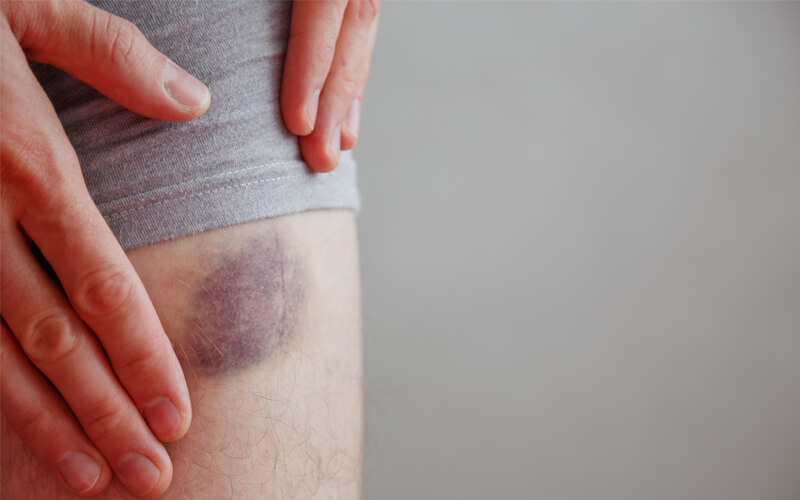
Amid an emergency, there are bound to be times when you will need to attend to a wound and dress it appropriately to prevent infection and stop bleeding. It doesn’t matter if this is a small scrape along a heel or a jagged cut the length of an arm; the procedure remains the same until you can find proper medical care or someone with medical knowledge. We’ve put together a short guide to help you with easy-to-remember information. One thing you’ll need to always have with you is basic medical supplies, which you can purchase in a compact first aid kit and carry with you.
When dealing with an injury that’s not your own, you need to be careful coming into contact with someone’s blood. For this reason, you need personal protection equipment, such as gloves and a mask. These can be found in your first aid kit.
Once you’ve donned your protection, assess the wound. If the cut is more than an inch deep or bleeding profusely, immediately contact 911 or your nearest emergency center, then apply pressure to the damage to slow the flow while following the professional’s directions on the phone. If the wound is shallow but still bleeding after a minute or two, continue to apply pressure for ten minutes and then reassess. You might need to use a clotting agent, also found in your first aid kit, for injuries that need a little help.
Once the flow stops, clean the cut with running water and then wash the surrounding areas with soap. Try to avoid getting soap in the actual injury, as this can sting and irritate the tissue. Ensure you remove all dirt and other debris during the cleaning process, including any glass or gravel.
If you have antibiotic ointment on hand, apply it after using alcohol to sterilize the area. While many people think to use hydrogen peroxide, it isn’t necessary. Water and alcohol will be effective.
Now that you’ve got the cut cleaned and treated, it’s time to cover it up. Go back to your first aid kit and get sterile gauze for more significant injuries or an adhesive bandage for smaller ones. If it’s smaller than an inch in length, you can use a butterfly bandage to hold it closed.
Covering the injury is crucial if the wound will come into contact with dirt before you can get help. Infection can set in quickly, so keeping it clean and covered is imperative. If the injury isn’t significant enough to warrant professional medical attention, be sure to change the bandaging daily and keep an eye out for any redness along the edges, numbness, or drainage.
Remember, field dressing for large or deep wounds isn’t complete care. This is merely the step between the incident and professional help. Do what you can, but be prepared to hand over the injured person to the care of professionals as soon as possible.